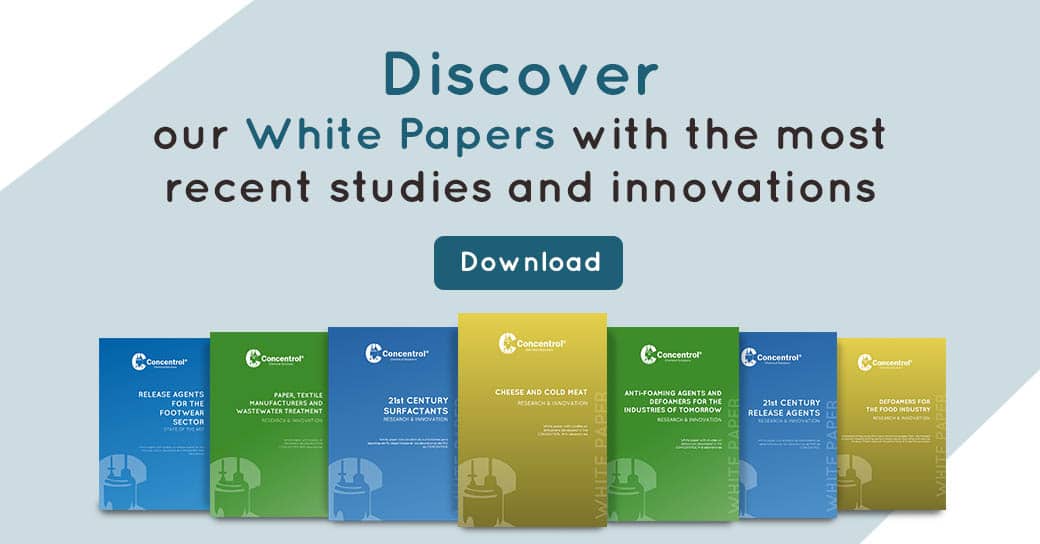Polyurethane is a plastic material that is characterized by being formed by more or less cross-linked polymeric chains, giving materials from very soft to completely rigid.
It is composed of a very versatile family of polymers, since they have multiple applications very different from each other, for example, in paints, fibres, reactive adhesives based on water, solvent or solvent-free, moulded or continuous foams, textiles, aqueous dispersions for multiple applications, etc.
These polymers are formed from exothermic polymerization reactions of the two main components: isocianate and polyol.
Flexible cold curing polyurethane foam
This production process is used to produce foams for seats, backrests, and headrests for cars and other means of transport such as aircraft, buses or trains. Pieces for furniture and the mattress sector can also be made.
This type of production is increasingly chosen by manufacturers, because it does not require as much energy consumption as hot cure.
Moulds of this type of flexible foam can be from aluminium to wood through stainless steel or epoxy resin. In foam moulding facilities for important sectors, such as automotive or furniture, they usually have steel or aluminium moulds, while in countries or sectors with little technology or with more relaxed acceptance and quality levels, materials such as epoxy resin or wood can be used.
The mould is a determining factor as each one has an adequate demoulding agent. In the production of unmoulded flexible foam with water based or hybrid product, if it comes into contact with ferrous surfaces, signs of oxidation will appear in the short or medium term.
The type of facilities for cold curing flexible foam can be very varied, such as moving carousels or fixed moulds, with a mixture of components at high or low pressure. The type of injection implies, in the case of high pressure, an intake of the mixed components more rapidly and very little pre-reacted, while more slowly and more pre-reacted in low pressure. High-pressure casts interact with the unmoulding agent much more than those mixed at low pressure.
It should be noted that the low pressure technique is disappearing, as it generates a cleaning solvent residue when proceeding to the removal of polyurethane remains after each casting. In high pressure, the operation is self-cleaning without the need for solvent.
Also worth of mention is “viscoelastic foam”, well known in the mattress industry, although it has applications in automobile parts. This is cold curing flexible foam whose main characteristic is its adaptation to the human body, facilitating rest on mattresses made of this material.
It is also called “memory foam” because it always recovers, slowly, its original form. Unmoulding agents for this type of foam must compensate for the “suction cup” effect that originates as it is a closed-pore foam and has superficial stickiness. It is usually worked on a wide margin of temperature, depending on the client and its formulation, between ambient and 65ºC.
Treatments after unmoulding and necessary superficial properties according to the destination of the piece
In many of the pieces, anti-noise touch is required, to avoid the noise that occurs between the foam and the metal frame when sitting down or moving over the seat.
It is usually solved by applying, after the demoulding, a blue and greasy finish product, to see if where it has been painted, it is the surface where the noise problem resides (there are product solutions that are detected by UV and do not require blue colour).
Within these anti-noise products there are formulations of different characteristics to meet all existing market needs and regulations. What the unmoulding agent should do is facilitate the wrapping of the pieces contributing, as far as possible, a soft and sliding touch. At present it is achieved through small and uniform pore foam, and with the help of some superficial slider incorporated onto the product itself, although a very soft touch cannot be given because products for this purpose, usually give irregularity problems or superficial attacks.
Current car seats usually carry presence detection sensors, to warn to fasten the seat belt. Also in higher ranges they have heating elements to heat the seat in cold seasons. This implies that the unmoulded piece should allow the self-adhesive treatments that the aforementioned pieces have to stick perfectly. The case of the presence sensor is particularly important, since it is considered a safety element and must be perfectly attached.
Unmoulding agents are products that are greatly involved in the production process of polyurethane foam pieces. For this reason, Concentrol constantly researches new properties and formulations that adapt to the new needs of the industry. The reduction of VOCs, the elimination of decrusting or the development of products based on water for all types of applications are a constant challenge for the technical team of our chemical company.


